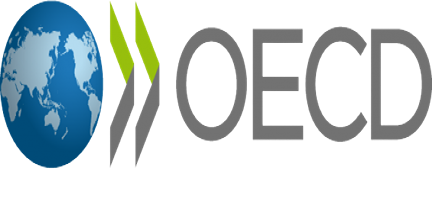On 7 July 2022 the OECD noted on its website that the Model Manual on Exchange of Information is now available in four languages – English, French, Spanish and Portuguese.
The current version of the Manual was issued on 16 September 2021 in the English language by the Global Forum on Transparency and Exchange of Information for Tax Purposes, in co operation with the World Bank Group and the African Development Bank. The manual sets out the legal and practical tools available for exchange of information (EOI) to enable jurisdictions to gain as much benefit as possible from international co operation. The manual outlines the key principles governing EOI and the way in which the different forms of EOI can help to detect tax evasion and tax avoidance.
With the help of the EOI jurisdictions can establish the necessary processes and procedures for more effective EOI, taking into account the objectives and requirements of the particular jurisdiction. The manual covers various types of EOI including exchange of information on request, spontaneous exchange of information, simultaneous tax examination and tax examination abroad.
The manual also contains guidance on the role of the EOI unit within the administration, its internal procedures and processes and communication with field officers and foreign competent authorities for the exchange of tax information. It also looks at the role of the officers in the field and how the EOI rules, procedures and processes apply to them. There are checklists for use by EOI staff and template letters covering the main communications engaged in internally and with tax treaty partners.
The EOI manual is in line with the toolkit Establishing and Running an Effective Exchange of Information Function issued in December 2020 by the Global Forum with the African Tax Administration Forum.
The EOI manual also covers important aspects of the management of the process including confidentiality rules, record keeping, statistics and measurement of performance. There is advice for tax auditors and field officers on their role in relation to EOI. Guidance is provided on when they should consider making a request for information, how they should make or respond to a request, and how to keep tax confidentiality rules. There are also templates to help tax auditors to draft their requests.
Using the various sections of the manual to fit in with their own objectives jurisdictions can develop their own approach. Rather than a comprehensive EOI manual a country may consider a specific manual for its EOI unit operations and another manual for field officers and tax auditors. Alternatively, a country may decide to have a manual dealing only with procedures relating to exchange of information on request and other types of EOI can be added to this in due course.

















